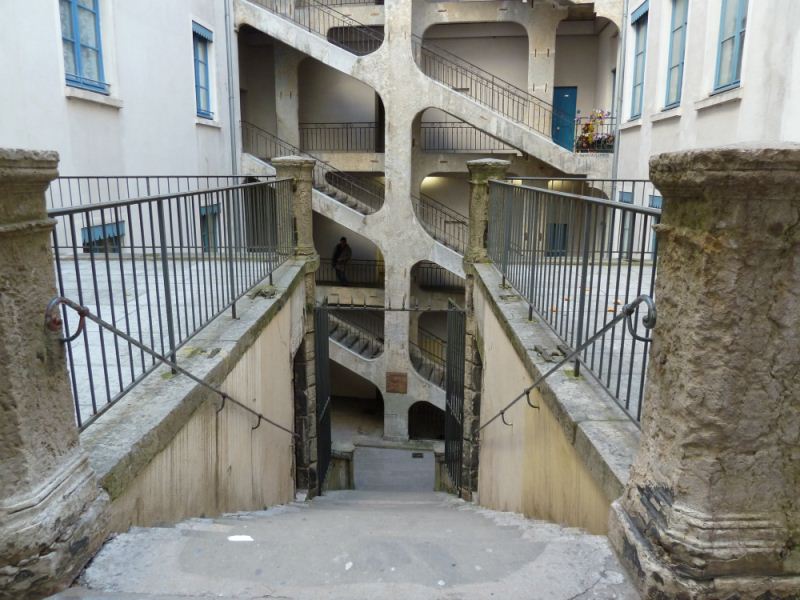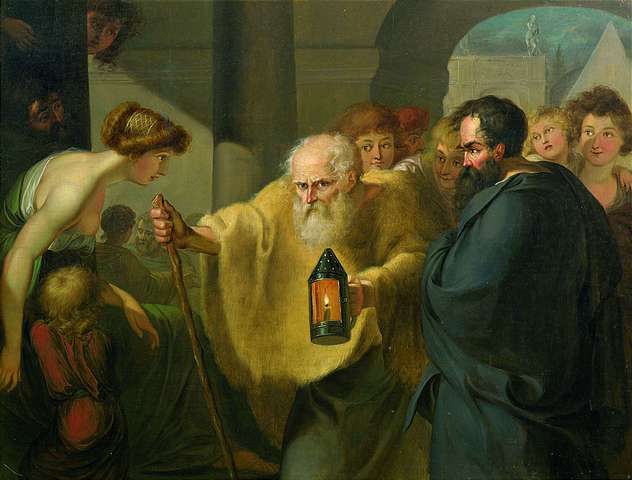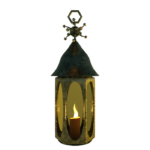A year or so ago I wandered into a travel store and asked to be directed to books about France. The saleslady was delighted to escort me to an entire bookcase full of guides, cookbooks, and novels set in Europe. But the books about France were limited to those about Paris. And though there are some outstanding books about Paris, and Paris always has been and will be one of my favorite cities in the world, its dominance of the travel store’s bookshelves made me wonder whether the rest of France might be one of Europe’s best-kept secrets.

I just returned to the U.S. from a visit to Lyon and several other French cities. But these days, Lyon is what’s top-of-mind for me because it’s where I’ll be setting my next mystery novel. So let’s begin my homage to France’s third largest city (after Paris and Marseille), which I tend to think of as a smaller version of Paris because it has all the charm of Paris without all the hustle and bustle.

What I love most about Lyon is the preservation of its history, which dates all the way back to its founding in 43 BC as an Ancient Roman settlement called Lugdunum. During the Renaissance, its development grew along with the silk trade. Lyon’s Old Town is not only a UNESCO World Heritage site, but it’s also the largest Renaissance district in the world after Florence, Italy.

Lyon is teeming with museums, promenades, stunning architecture, ornamental parks, bridges spanning its two rivers (the Rhone and the Saone), festivals galore (including a Festival of Lights each December and a festival of crime fiction each April), and of course, food. It’s often referred to as France’s capital of gastronomy so no visit would be complete without a meal at one of its famous bouchons. Bouchons are where silk workers used to “restore” their energy (hence the etymology of the work restaurant). And if you like meat and meat by-products, then a bouchon is a meat-eater’s paradise. This visit, I followed in the footsteps of celebu-chef Anthony Bourdain and dined at Café Comptoir Abel, one of Lyon’s most authentic bourgeois bistros.

There’s typically no better deal at a French bistro than the formule that serves up a two- or three-course meal as an affordable alternative to ordering à la carte. So, not being much of a carnivore, I decided to start with something light, like a Salade Lyonnaise. How naive I was! There’s nothing “light” about this salad because a bed of crispy greens is almost smothered under a mountain of bacon, croutons, and at least one egg. But it made me realize that there’s more to bouchons than just meat and heavy cream sauces.

To see just why silk workers, called canuts, needed so much sustenance, it’s worth visiting one of the city’s many silk ateliers and La Maison Des Canuts in particular. It’s where you can see a demonstration of the famous Jacquard loom that automated the intricate process of reproducing patterns. It’s also where you can shop for beautiful silk scarves (though there’s no shortage of places to shop for silk, including the boutique of my favorite silk designer, Sophie Guyot).

If you’re wondering what else Lyon has to offer, you’re sure to find it on the city’s tourism website. In addition to an impressive array of guided tours about everything from Lyonnais cuisine to the city’s hidden mysteries, you can request a specialized tour from a City Greeter. City Greeters are volunteers who are fiercely proud of their city and eager to share their knowledge for free. I requested a tour of Lyon’s secret passages and was treated to a morning with a retired Philosophy professor who guided me through the Croix-Rousse district. In its heyday, the Croix-Rousse was home to silk weavers who carried their woven silk through these passages to riverside traders to avoid exposing it to the elements. And it’s these same passages where the WW II Resistance used to meet in secret to elude their would-be captors.

Upon leaving Lyon, I took the train to Versailles, where another City Greeter was waiting to show me some of its hidden gems. What many tourists don’t know is that there’s more to Versailles than just a chateau. But more about Versailles in a future blog post. For now let me just reiterate that, to quote Rick Blaine in Casablanca, we’ll always have Paris. So why not head east and explore the wonders of Lyon?

To help inspire you, here’s a smattering of articles and blog posts that, imho, do the city justice:
- 48 Hours In: Lyon
This article on The Independent website offers handy-dandy travel essentials, an overview of the city, and a two-day itinerary with advice on where to stay and where to eat. Two travel essentials it doesn’t mention are: (1) Lyon is only two hours from Paris via TGV; and (2) within Lyon, you can get around by metro, bus, tram, or Uber. - An introduction to Lyon, France (in photos!)
I don’t know Anna, the author of the Slightly Astray blog. But boy, does she post some magnificent photos of Lyon. Evidently, she’s an Anthony Bourdain fan too. - What to do in Lyon – besides eat
I don’t know Carol Perehudoff, author of the Wandering Carol luxury travel blog, either. But she has done a fine job of mapping out a food-free itinerary of Lyon, complete with historical factoids, practical information, and a link to her foodie blog. - My best Lyonnais blogs and all about Lyon. So this is how I discover Lyon!
Aga, a Polish woman who blogs as “jadorelyon,” has assembled an entertaining list of her favorite blogs that you’ll find useful to research a visit that suits your needs— for instance, if you’re on a budget, you’re traveling with kids, you’re a beer lover, you speak French, you don’t speak French, etc.
Thanks this week go to the federation of City Greeters who need only 48 hours’ notice to organize the visit you request and who offer this service for free. Special thanks to Paul Moreau, the City Greeter who led me through the traboules and hidden gardens of Lyon. Merci pour une belle balade, Paul!


